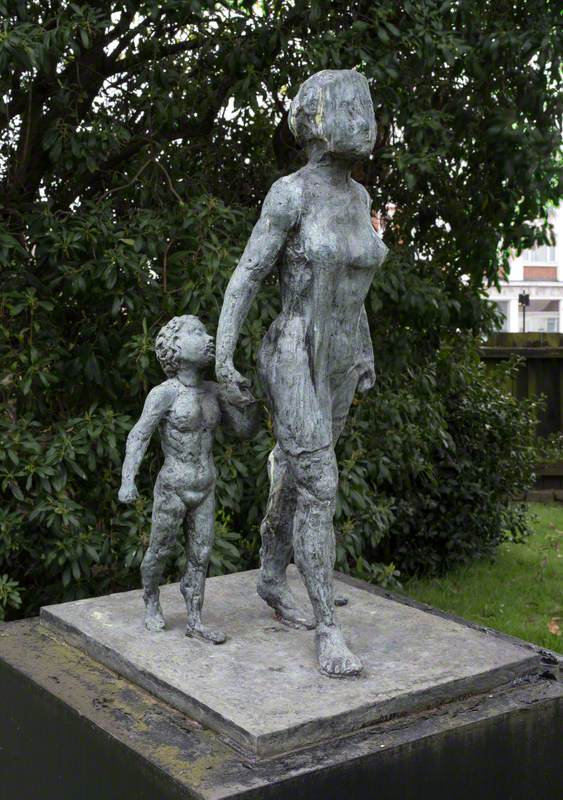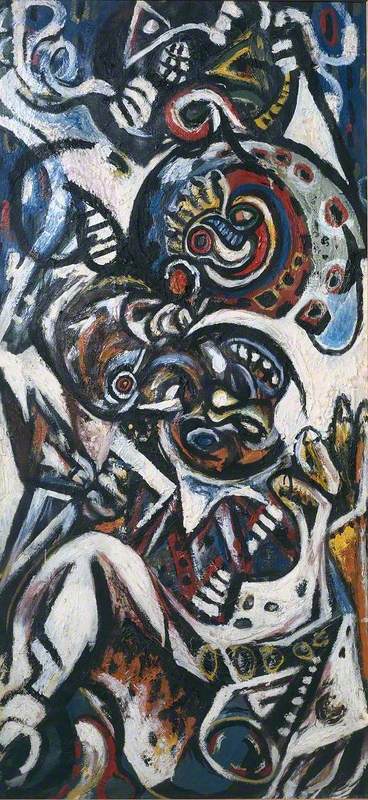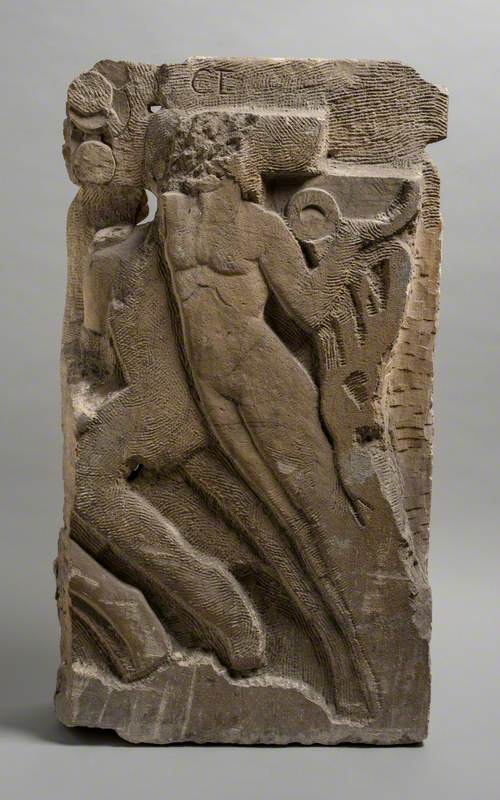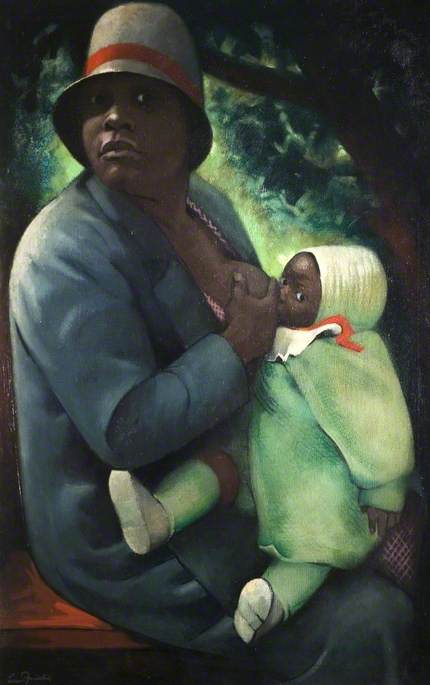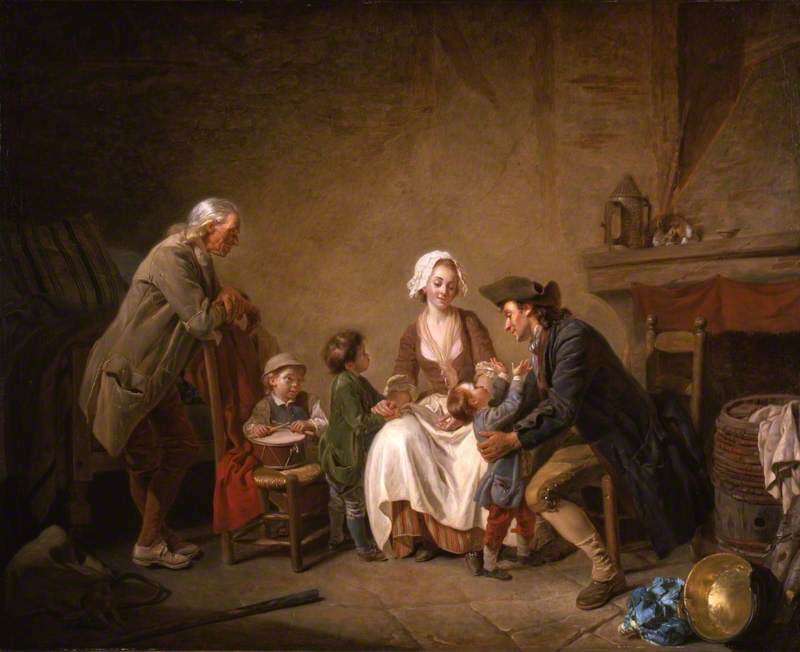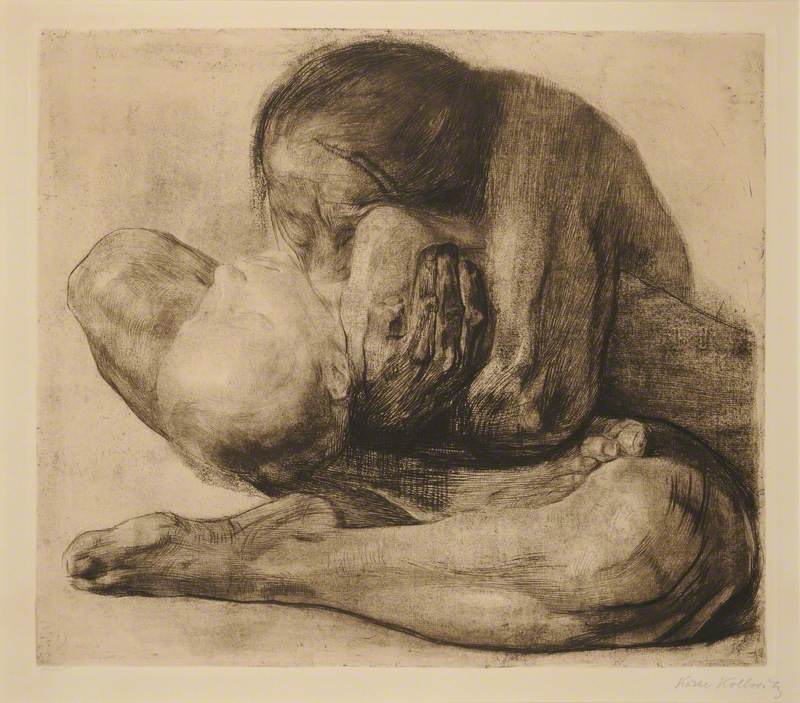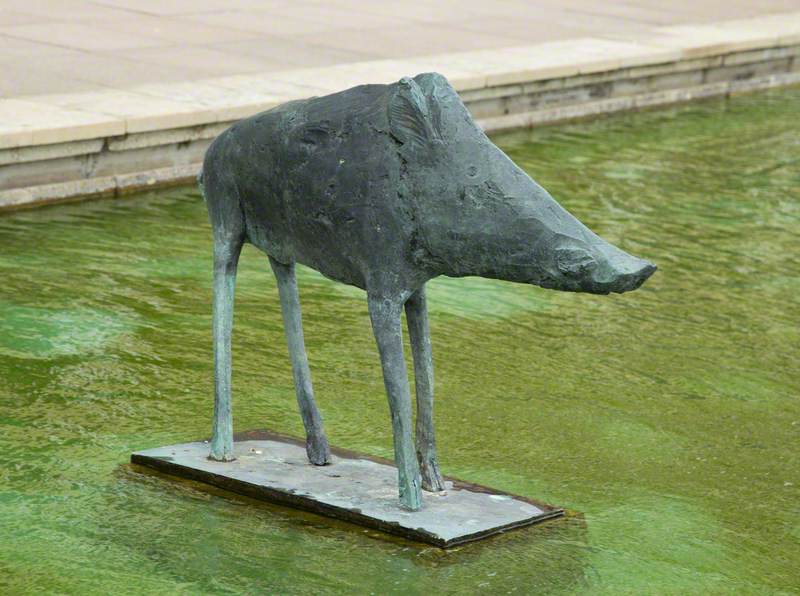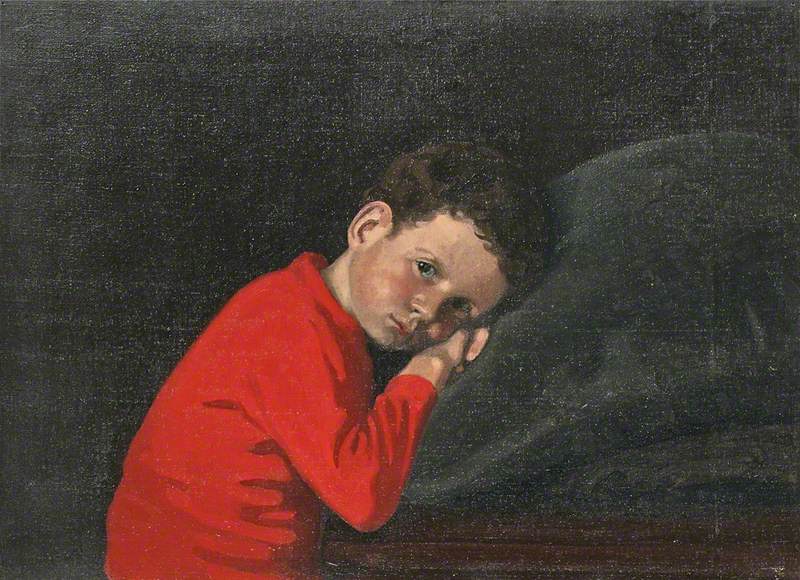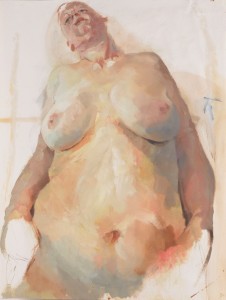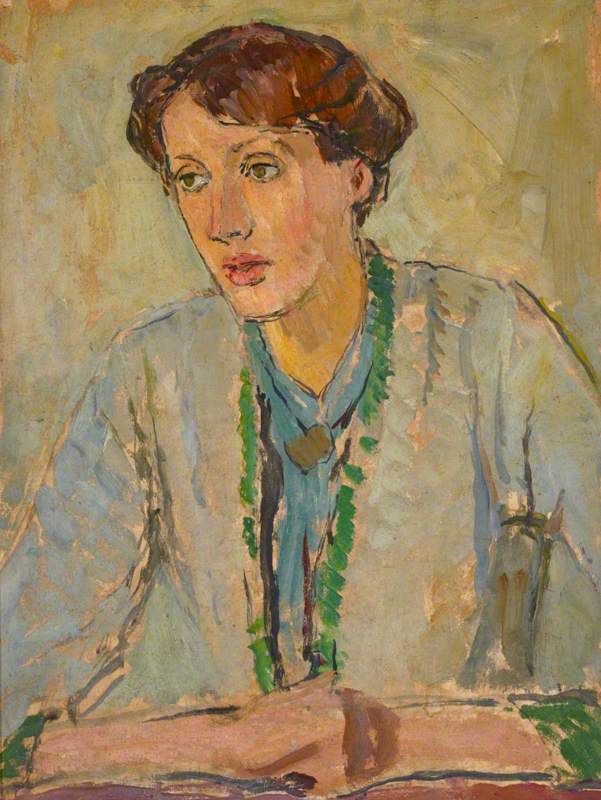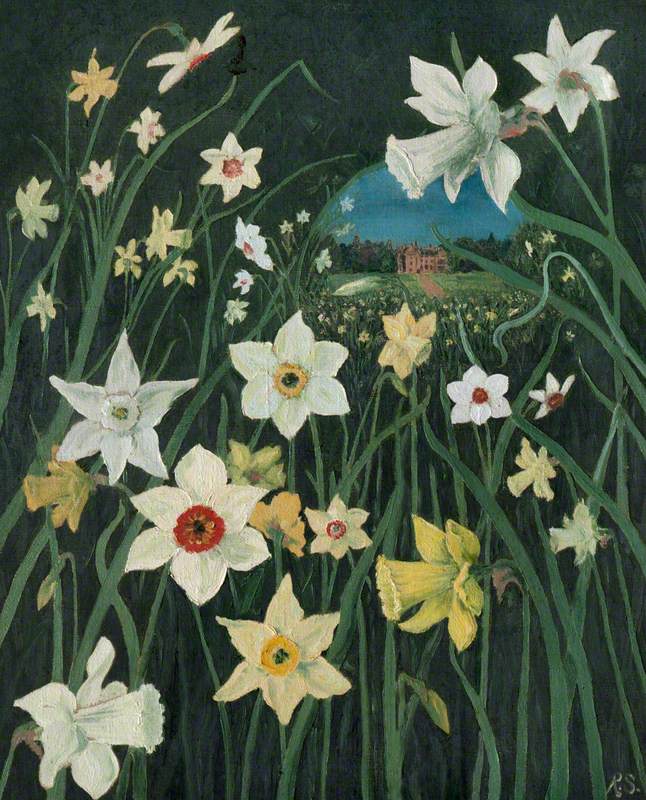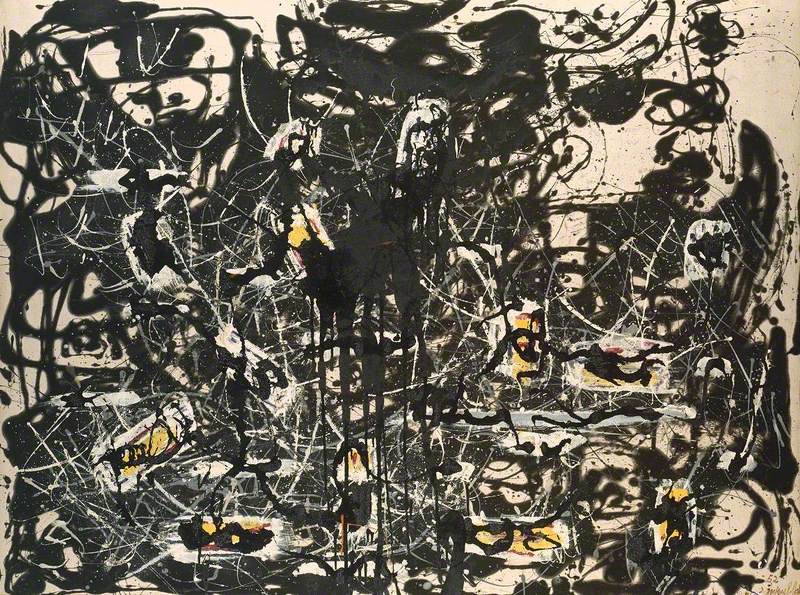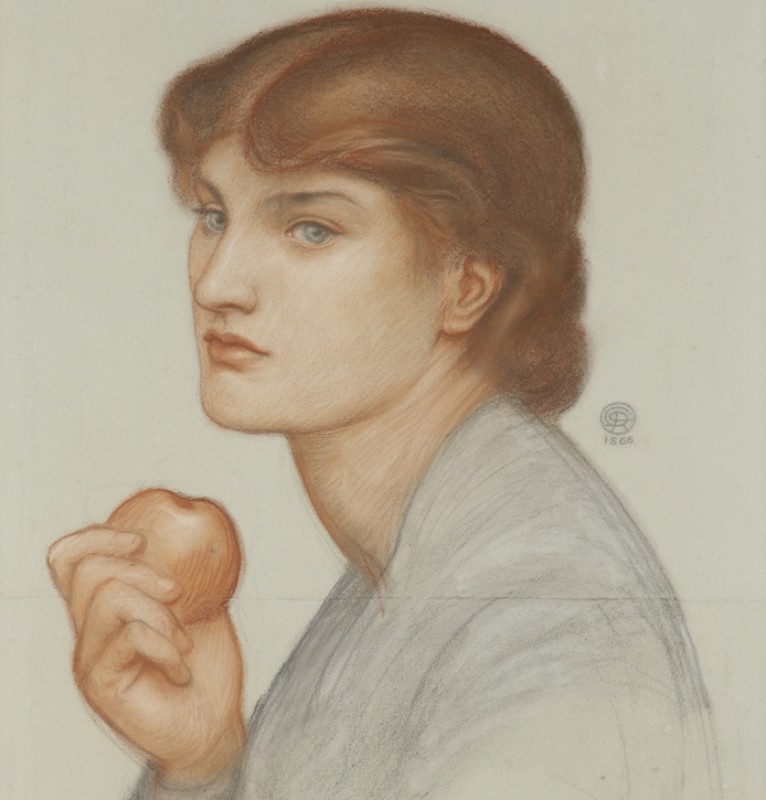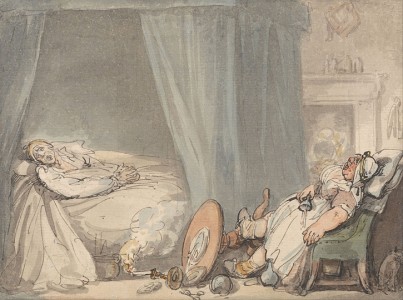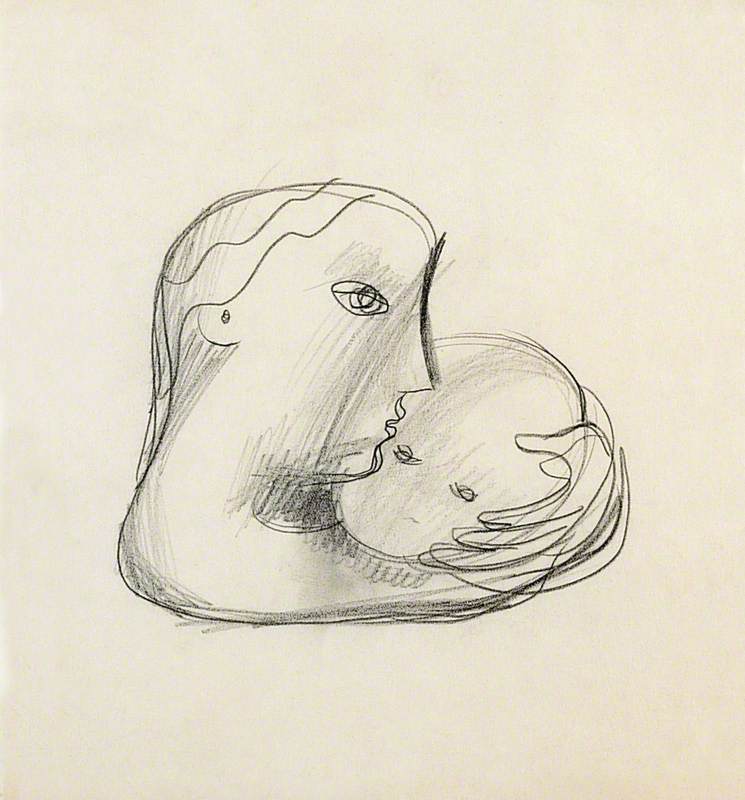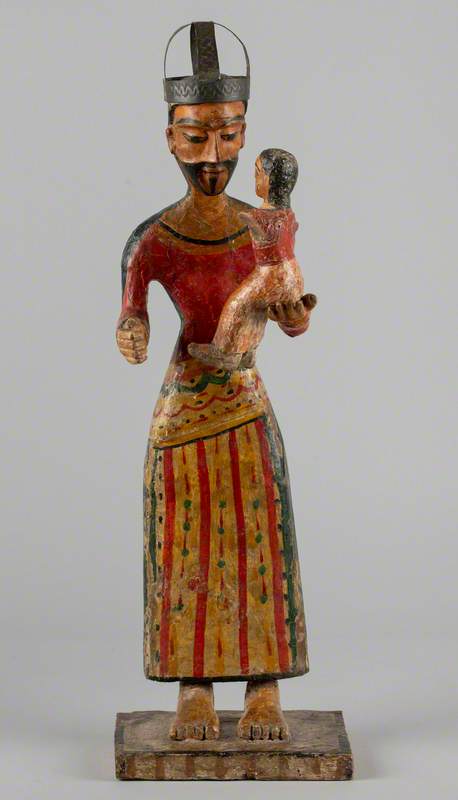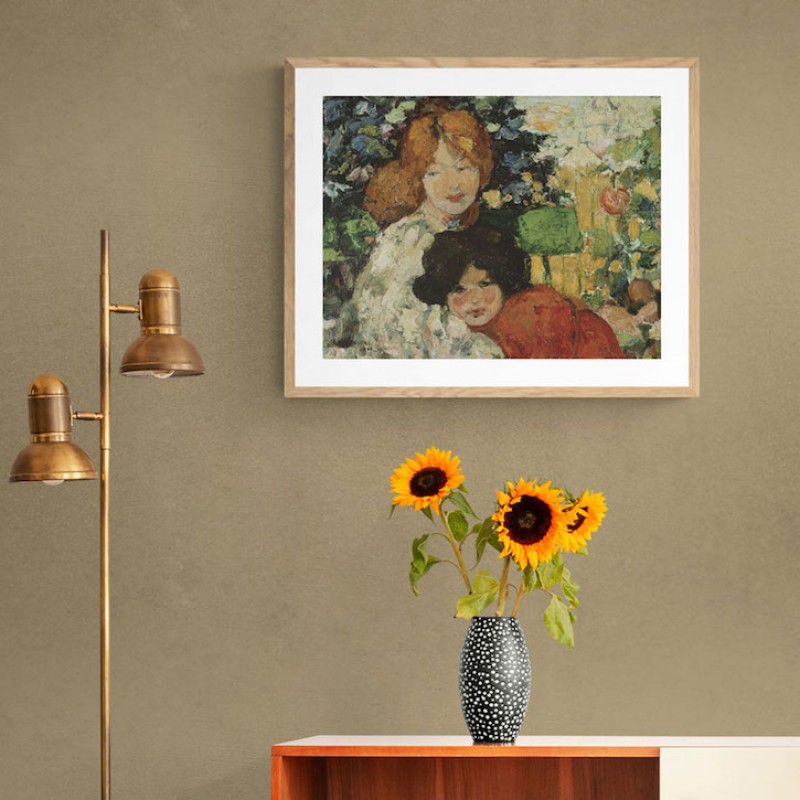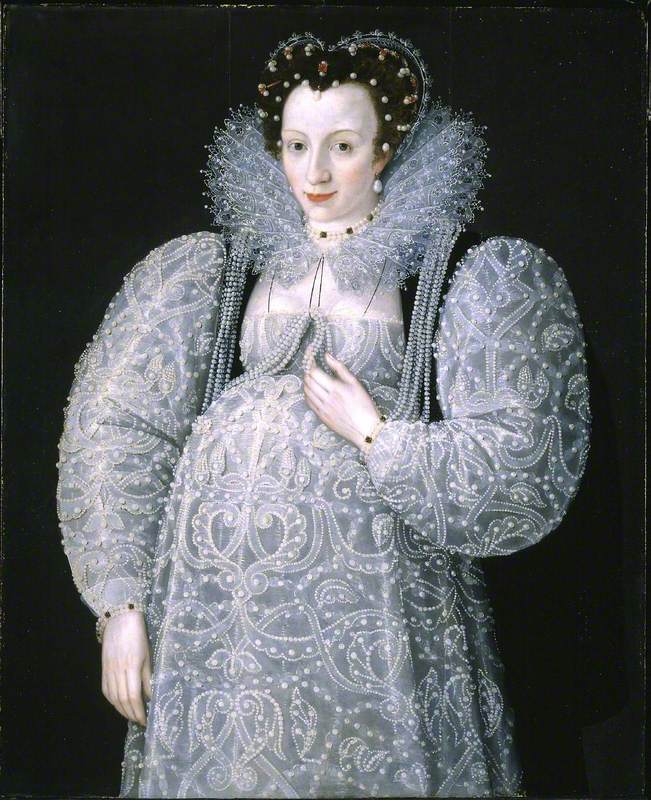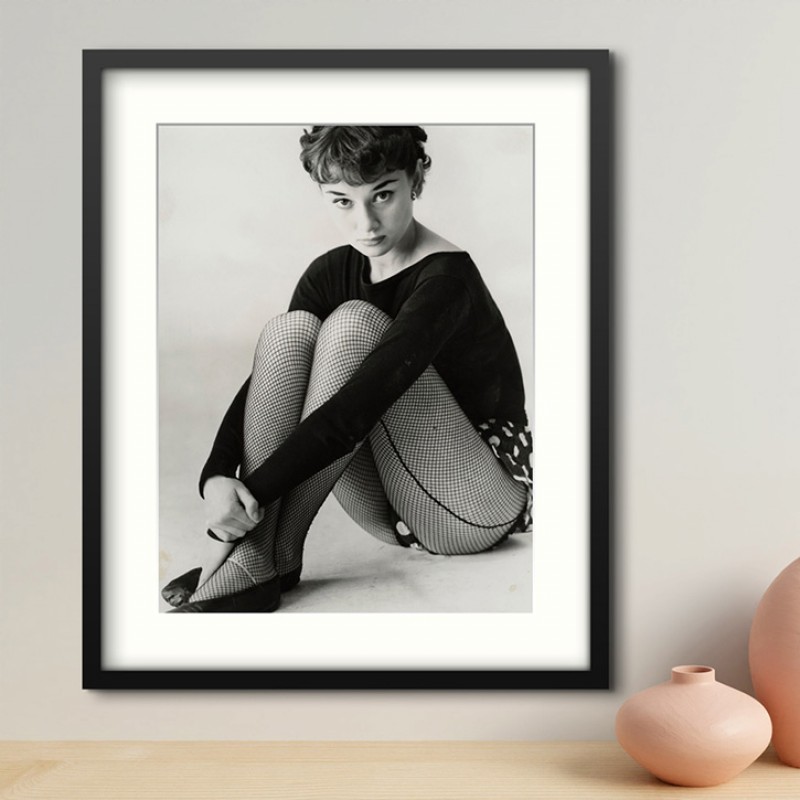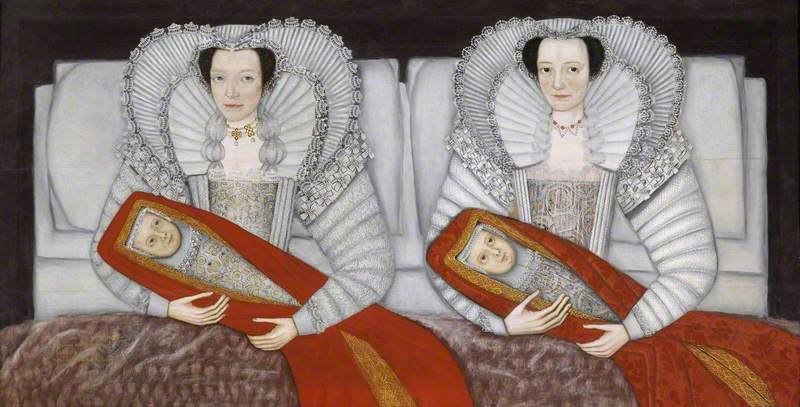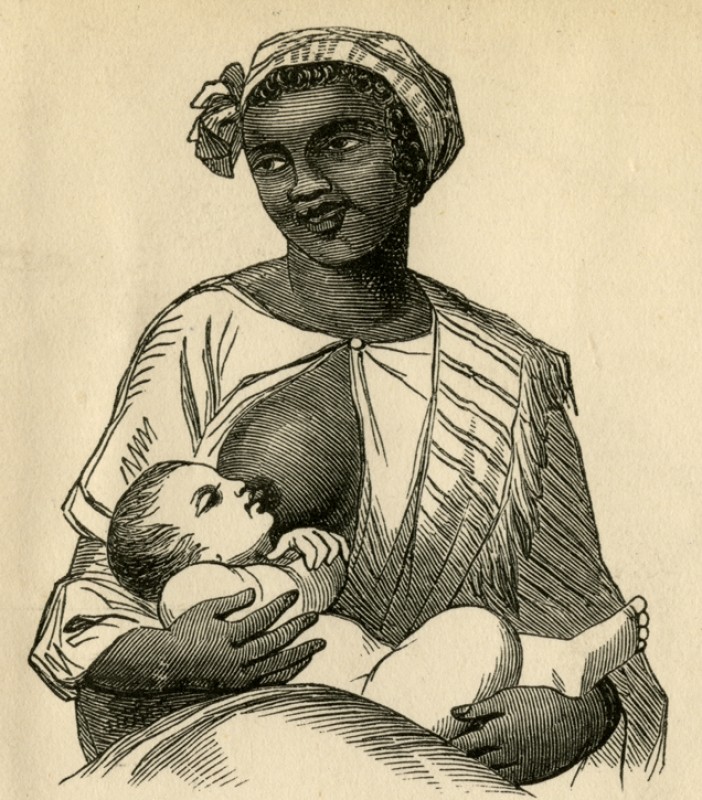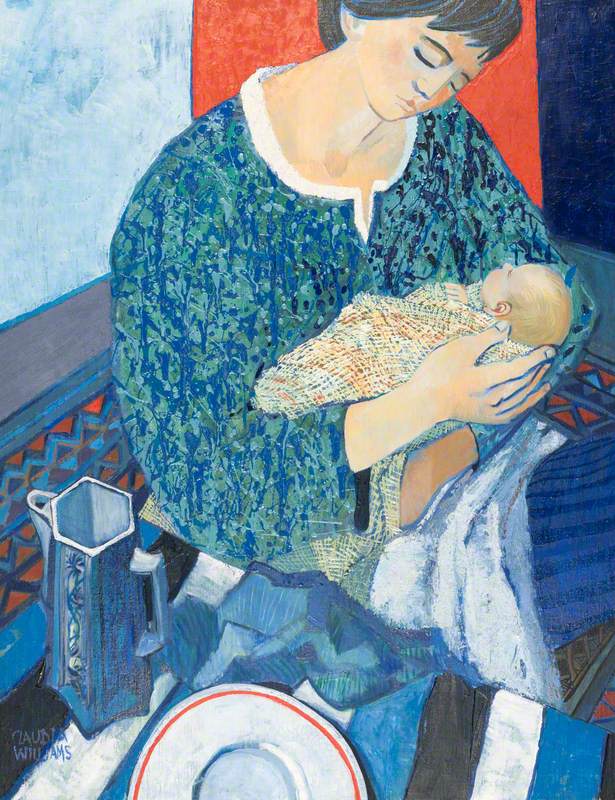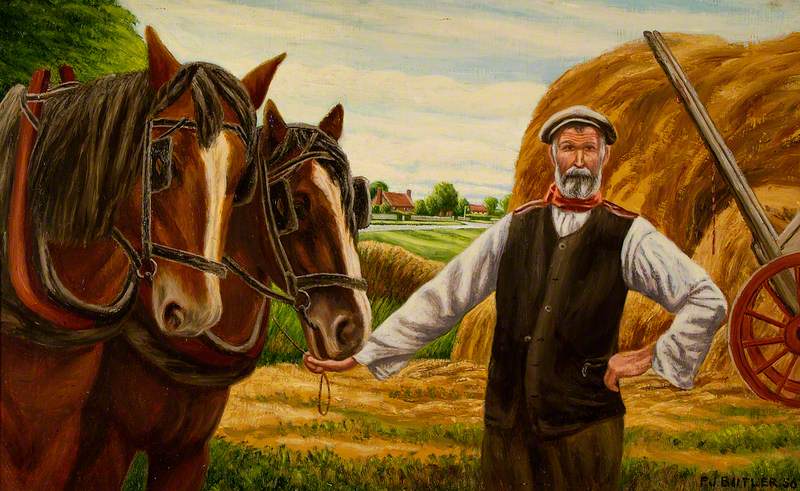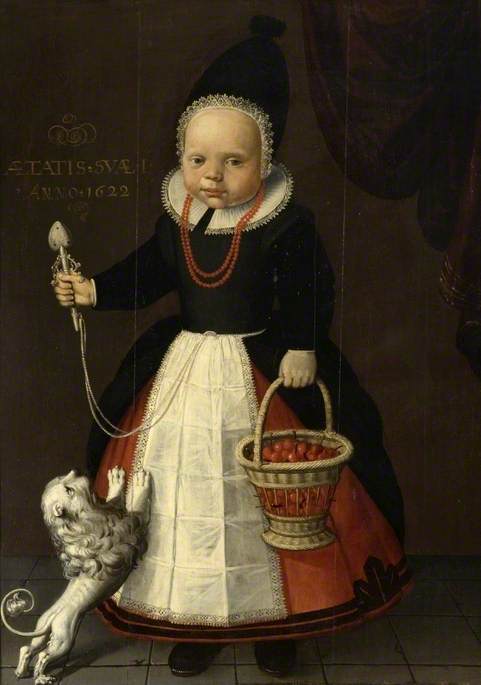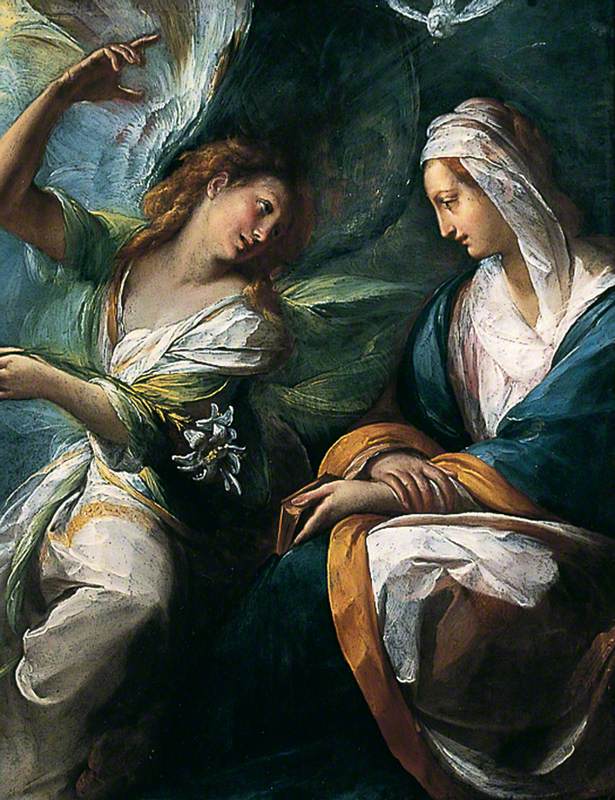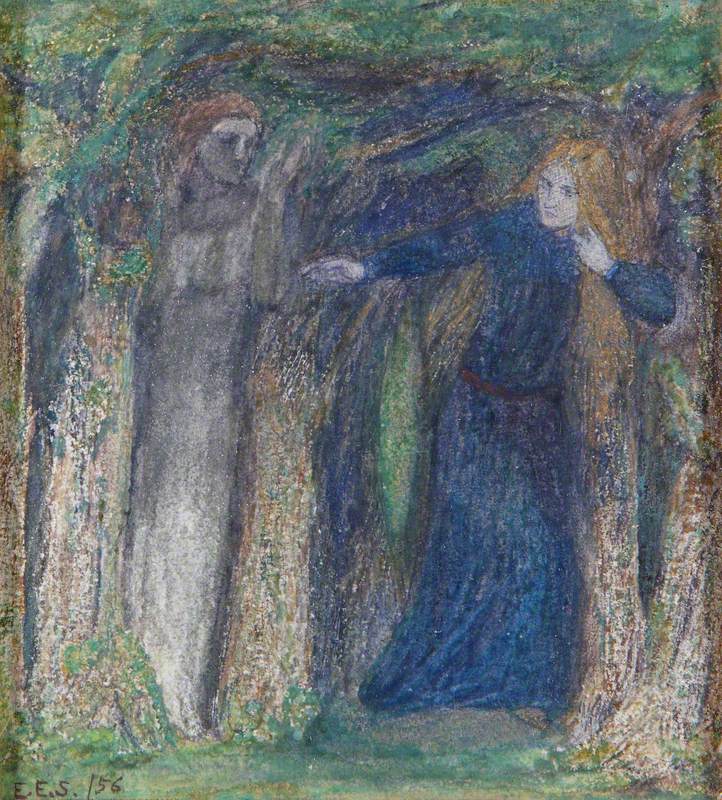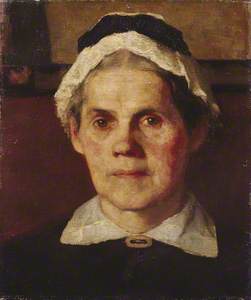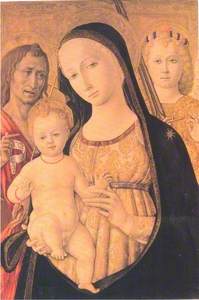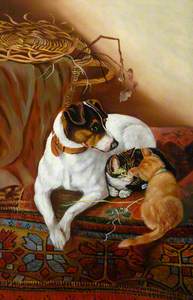Few relationships are as commonly seen in art as the one between mother and child – motherhood has been canonised, elevated and idealised over centuries. As the art world (and the world around us) has modernised the depiction of women, both painted and real, has changed with it.
Women have emerged as artists in their own right, and the idea of a multifaceted rather than binary identity – that you can be both woman and a mother without one subsuming the other – has thankfully become accepted. Through all those changes though, motherhood remains a constant inspiration for artists, whether they are man or woman, childless or parents themselves. In honour of Mother's Day, let's take a look at ten depictions of motherhood in art.
1. La
While we often encode motherhood as something which exists only in the private, personal world, this beautiful sculpture by artist Pedro Saorin reminds us that motherhood is also inherently patriotic and political too. The mother figure here is striding forward, head held high, proud and decisive, while the child lags behind. It calls to mind images of the diaspora – we could easily see Saorin's strong mother figure reflected in the images we see daily of refugee mothers forced to leave their countries and face adversity, shielding their children as they move towards a better life.
2. Birth
Although in many artworks the figure of the mother is almost omnipresent in the frame, many artworks which focus on the theme of birth also, necessarily, reveal a necessary respect and gratitude towards mothers. A mother figure doesn't feature literally in Birth, this 1941 oil on canvas work by Jackson Pollock, but the mother's influence is in the very fabric of the piece. With his trademark strong, energetic, colourful brush strokes Pollock evokes an image of birth that is celebratory but almost traumatic. It's the mother figure, unseen but present, which guides and comforts through the chaotic, traumatic birth process.
3. My Mother
While portraits of the artist's mother are not especially uncommon, the trope takes on new depth when the artist is a daughter. Resituating the image of an older woman within the boundaries of the female gaze, a figure who is cast aside and denied visibility in art, media and public life (the older woman) is granted new life and respect.
4. Mother Earth
Much as the term 'mother' can be reappropriated as a nationalistic term (as we've seen with Mother Country), so too can it be reappropriated as an ecological warning. In these times of climate change and the growing threat of global warming, this stone sculpture from George Alfred Holman feels especially prescient. We see the Mother Earth figure as physically stronger, more detailed and literally holding up the world she is responsible for. While man is depicted in a more carefree pose, Mother Earth is holding the burden – as mothers often do – of responsibility for the earth.
5. Romance...
Romance – Cecile Walton (1891–1956), with her Children Edward and Gavril
1920
Cecile Walton (1891–1956) 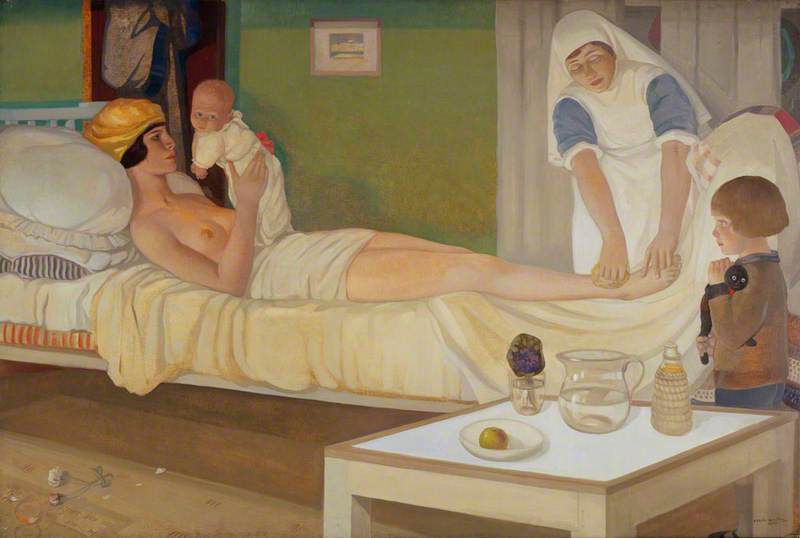
When men depict mothers – or women – in their artwork, they often appear as idealised, almost mythic figures. This domestic scene then, from artist Cecile Walton, is a breath of fresh air and a welcome break from the idealised. The title of the piece is ironic, poking fun at those same romantic, idealised visions of motherhood and women in domesticity. A self portrait, it shows a touching and intimate domestic scene as Walton holds up her newborn son, Edward, to be appraised by her elder child, Gavril.
6. Madonna and Child with Saint John the Baptist and Saint Michael the Archangel
Madonna and Child with Saint John the Baptist and Saint Michael the Archangel
c.1485–1495
Matteo di Giovanni (c.1430–1495) 
Perhaps the most instantly recognisable in the canon, the Madonna and Child is the quintessential image of motherhood. Watched by Saint John the Baptist and Michael the Archangel, the Madonna regards her infant son with a benevolent, peaceful expression. The gold colour scheme, seen often in religious iconography, elevates the scene further to the ideal. For many centuries this was the (quite literal) gold standard of motherhood, disregarding how realistic it actually was.
7. Black Mother
While breastfeeding often appears in religious iconography, particularly in images of the Madonna, it's relatively rare to see it depicted in art in relation to 'normal, average' women. Ernst Neuschul's black mother humanises the act in a way an image of the Madonna can't. She looks defiantly to the viewer rather than skyward. She is watchful but resists fetishisation, instead imbuing the image with a quiet dignity as she focuses on nourishing her child.
8. Paternal Love
Alright, technically it's not an image of motherhood, but Paternal Love shows an often overlooked aspect of parenting that's important nonetheless. Nowadays, card companies and marketing departments recognise that not every family is nuclear, and just as there are units with single mums, so too are there families without a mother figure. This painting by Étienne Aubry, from 1775, was ahead of its time in that respect. Showing three different generations of a family gathered around a hearth, the setting it humble, happy, domestic and relaxed. The widowed father, far from buying into the masculinity's rule that dads should be reserved providers, plays with his children and appears to show them emotional support. It's a sweet image which shows that the support of a mother can come in very different forms.
9. Woman with Dead Child
Just as there are children without mothers, so too are there mothers without children. The issues of miscarriage, stillbirth and infant mortality do not feature in art as much as idealistic, happy images of mothers and children. Even in our modern world, these issues are considered taboo. To see it depicted in this visceral work from German artist Käthe Kollwitz, then, is arresting and poignant. The stark, animalistic depiction of maternal grief is all the more powerful because it prefigured autobiographical events – in 1914 the artist lost her young son amidst the outbreak of the First World War.
10. The Foster Mother
Finally, the instinct to mother, to care for, to look after, is not restricted to mothers with their own children. It's also not just restricted to humans. If this painting by J. S. Dyson shows us anything, it's that motherhood transcends all boundaries – and that kittens are adorable to dogs as well as to humans!
Róisín Lanigan, writer
